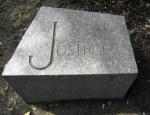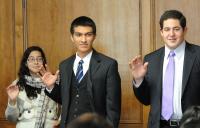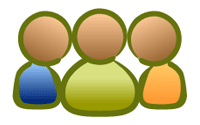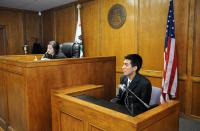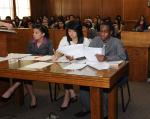
Foundations in Law 4.1: A Civil Complaint
Students learn about the fundamentals of civil justice systems and identify differences and areas of overlap between criminal and civil law. Students explore several civil cases and learn about the purpose and effects of civil litigation. Students use a famous liability case as a case study to build an understanding of causes of action, the elements of product liability, and the purpose and process for awarding damages.


